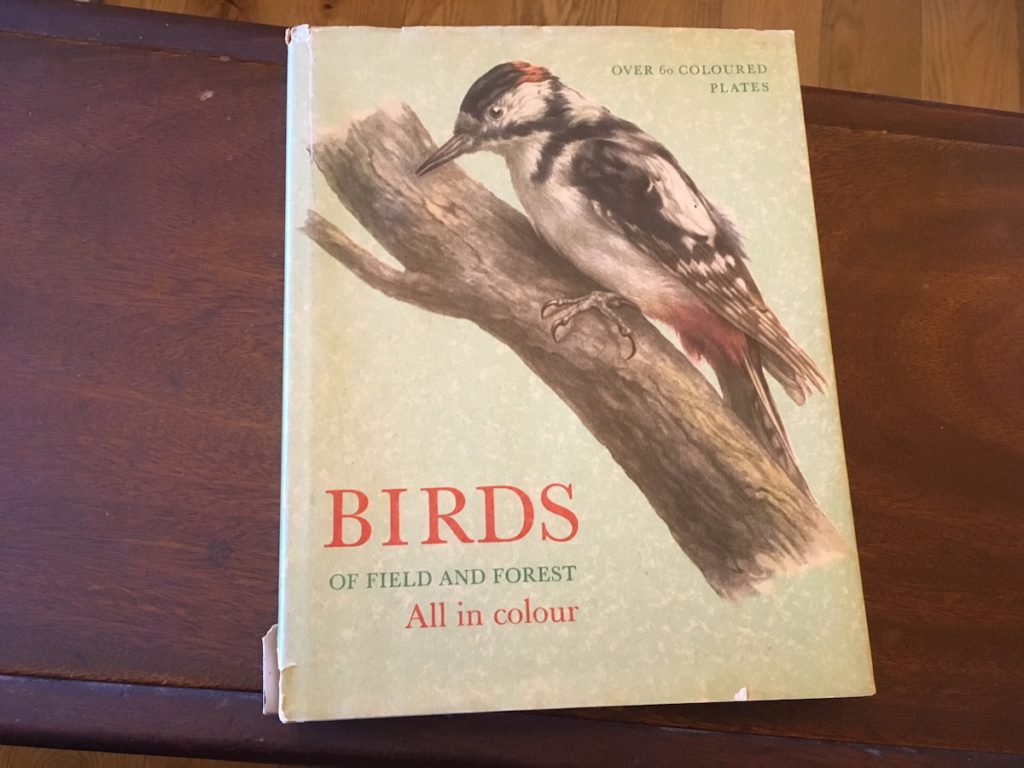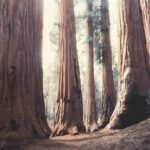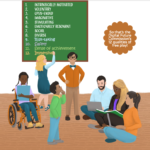
“When we try to pick out anything by itself, we find it hitched to
everything else in the Universe.”
~John Muir, My First Summer in the Sierra
During the Great Backyard Bird Count weekend, a loud and unfamiliar bird call drew me outside. I am not a birder. I have said that before. And identifying bird calls is definitely not one of my strengths. I had this flash of memory that there are apps that can record and identify calls. I ran inside, grabbed my iPhone, did a quick search in the app store, and downloaded Song Sleuth. I entered my location and clicked Record and ID. Within seconds I was seeing the mystery bird song displayed as a real time spectrogram. And within a minute, I had identified this bird that was hidden from my view—a Red-shouldered Hawk.
Very vocal, its distinctive, far-carrying calls are a characteristic spring and summer sound of wet riparian and lowland forests in the east and along the Pacific coast (check). Adult territorial call is a high, clear, squealing “keeyurr keeyurr…” repeated steadily.
from the Song Sleuth Species List
That night, relaxing before going to bed, I scrolled through the Species List in the app, listening to recordings of birds in my area. Here is what surprised me. The next day I could hear the birds more distinctly. That short session listening to recordings was training my ear to listen in a more skillful way. And the spectrograms gave me a way to visualize what I hear, aiding my memory.
[NOTE: If you do download and use the app outside, be sure to wear headphones to listen or replay bird songs. Playback aloud in the wild can disturb the local birds. I generally try to recommend free apps. Song Sleuth is $9.99—the price of a book. ChirpOMatic, another song identifier app, is $3.99. It doesn’t show spectrograms. It does have a birdsafe mode.]
With the Song Sleuth and Merlin Bird ID (free) apps, I also was able to identify a Black Phoebe and the vocalists of a deep-in-the-night duo, a pair of Great Horned Owls. I knew the Great Horned Owls, but it was nice to confirm. The Black Phoebe was definitely a first for me…a beautiful little bird to encounter.
Mindful Digital Life—Grounded in Nature & Connection. Maybe you’ve noticed the subtitle in the bottom of the header for this newsletter. I chose that subtitle carefully as the shortest way to communicate what I believe creates the foundation for a mindful digital life. Easy to say but a little more challenging to live.
Lately, I notice how often I am hurrying. Birds ground me in nature. I fully enter the present with them. Connection has requirements. To really connect with the birds around me, I have to give them some of my precious time and attention. I have to take the time to clarify that I value connecting with these descendants of dinosaurs. I have to remember that we are intimately connected.

This is the cover of one of my mother’s many books about birds. It was printed in Czechoslovakia in 1959. What books like this have that apps don’t, are narratives and life-size paintings—the artist in Birds of Field and Forest is E. Demartini. The Song Sleuth app does feature the beautiful art of ornithologist David Sibley, but if you’re viewing on an iPhone, the images are tiny. If you have younger children, I suggest spending some time combing used bookstores to see what you can find. Bring a few books like this home if you don’t already have some, and read them together.
And speaking of art, if you’re in the Bay Area on April 6, SF MOMA will be hosting their annual SIow Art Day—an event “that aims to transform the act of viewing art. On a single day each year, people all over the world are encouraged to visit local museums and galleries to look at five pieces of art for an hour or more. After the slow-viewing exercise, participants meet for lunch to talk about their experiences.” I will be facilitating the lunchtime discussion this year. Tickets are $10. You can register here.


